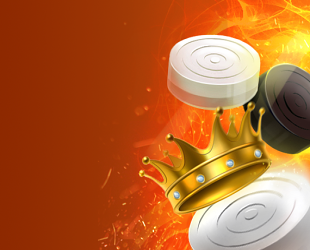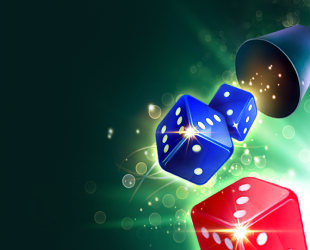Chess rules
Chess is a board game that takes place on an 8 by 8 square board. Horizontal rows are indicated by numbers from 1 to 8. Vertical rows are indicated by letters of the Latin alphabet.
The goal of the game is to place the opponent’s king under the check, while preventing him/her from getting out of the situation. In this case, the player receives a check and fails.
Gameplay
Both participants in the set have the following varieties of figures that differ only in color (white and black):
- The king moves to the nearest square in three directions: vertically, horizontally, and diagonally. The case when the king is attacked by the opponent’s piece is called check;
- The queen moves in the same directions (vertically, diagonally, and horizontally) as the king, but at any distance;
- Two rooks can also move at any distance, but only in two directions: vertically and horizontally;
- Two bishops move at any distance, but exclusively diagonally;
- Two knights move as follows: two squares left or right and one square up or down, or two squares up or down and one square left or right. The trajectory of the movement of this piece resembles an L-shape. The only figure that can jump over other pieces that obstruct it is a knight;
- Eight pawns move only forward, that is, one field forward vertically without taking the opponent’s piece, and one field forward-left or forward-right diagonally with capture. When a pawn reaches the last horizontal row, it is replaced by any other piece of the same color, except for the king.
All pieces, except for the knight, move along the chessboard in a straight line.
Final
The player is considered to be the winner if he/she checkmates the opponent.
The game ends in a draw when a stalemate occurs, that is, the player has no possible options to make a lead, but at the same time, his/her king is not under the check.
×








